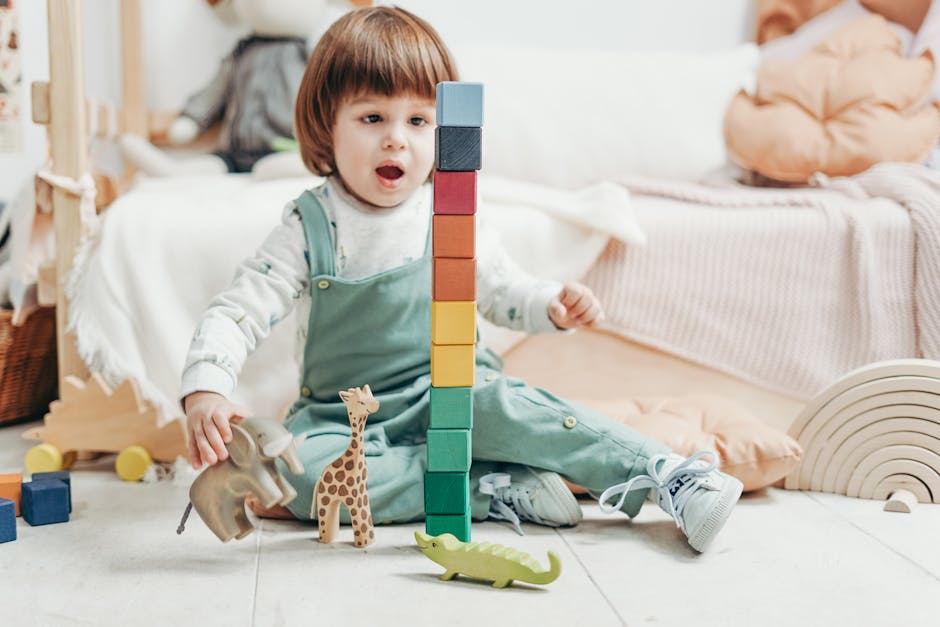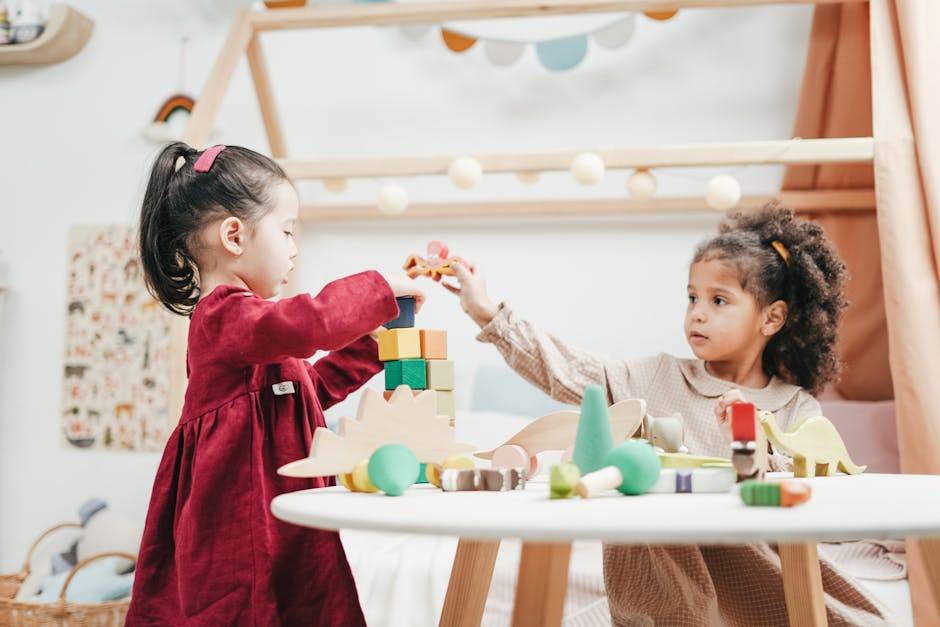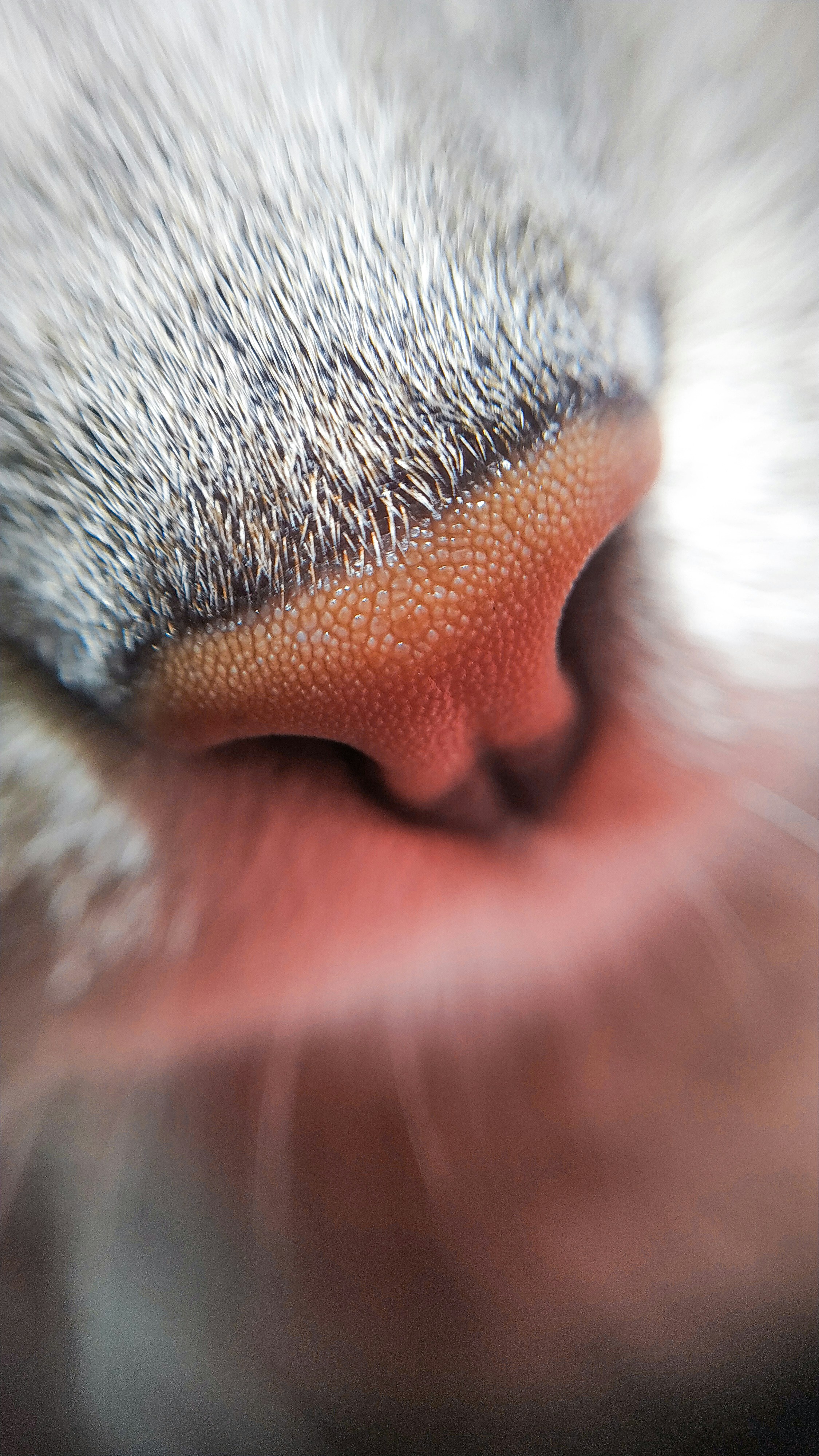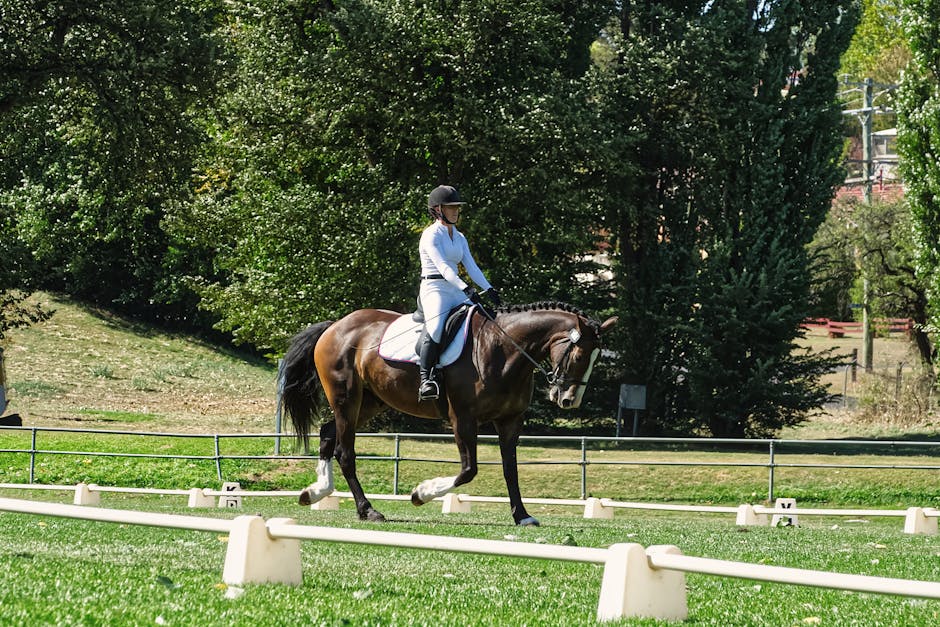The Art of Scent Storytelling: Enrich Your Pet’s World Today
When it comes to pet care and training, most pet owners focus on the basics: feeding, walking, and home exercises. But there’s a powerful and often overlooked tool that can elevate your bond with your furry friends—scent storytelling. In a world where visual and auditory stimuli bombard our senses, what if we could tap into the magic of olfactory experiences to create engaging narratives for our pets? Let's dive into how olfactory enrichment can transform your pet's life, enhancing not only their mental stimulation but also your relationship with them.
Understanding the Power of Scent
Scent is the most potent of the five senses in pets. Dogs, for instance, have up to 300 million olfactory receptors in their noses, compared to a human’s mere 6 million. This incredible sensitivity means your pet’s world is primarily perceived through smells. Engaging your pet with stimulating scents can evoke memories, create excitement, and foster a calming environment.
To effectively harness the power of scent in your pet care routine, consider starting with aromatherapy. This practice involves using essential oils to elicit various emotional responses in pets. For example, lavender is known to calm anxious dogs, while citrus scents can invigorate and energize them. This approach can be particularly useful when managing your pet's emotional well-being, as discussed in our article on aromatherapy for pets.
Creating Scent Narratives
Crafting a Story Through Scent

Consider each scent as a chapter in your pet’s story. You can create a multi-sensory narrative by introducing different aromas in stages, each representing a fresh tale waiting to unfold.
- Choose Your Scents: Start with a selection of essential oils or natural scents. Here are some ideas:
- Grass: To invoke the feeling of a fresh outdoors experience.
- Bacon or chicken: A fabulous way to entice your pet during training.
-
Herbs like mint or basil: To stimulate curiosity and exploration.
-
Make Associations: As you introduce each scent, make positive associations through play or training. For instance, if your dog loves the smell of bacon, reward them with a treat when they encounter that scent, helping reinforce that positive experience.
-
Layering the Experience: Combine smells to create depth. For example, introduce grass followed by a hint of lavender as you transition indoors after a walk. This not only comforts them but also establishes a compelling narrative flow.
-
Sensory Puzzles: Consider toys that dispense scents. By allowing your pet to engage in olfactory search games, you deepen their experience with scent storytelling. Engage with your pet's senses in ways that correspond with your narrative, exciting their minds as they seek out various scents.
The Role of Memory in Scent Storytelling

Remember that many animals, especially dogs, can remember specific scents for a long time. By weaving scents into your day-to-day interactions, you can tap into these stored memories, reinforcing positive behaviors. For example, if you have a scent that reminds them of a fun day at the park, reintroducing that fragrance on a rainy day can lift their spirits.
Incorporating Olfactory Play into Training

Playtime with a Purpose

Play is a powerful tool in pet training. Incorporating scent play into activities not only enhances learning but also strengthens your bond. Scent trails—using a favorite treat to create a follow-the-scent game—can be an ideal way to merge fun with training.
Use this technique: - Create a Trail: Use a favorite treat or scent object and create a trail leading to a hidden treasure. As pets begin to understand the game, they get more engaged, and their sense of purpose strengthens.
Enhancing Emotional States with Scent

Understanding your pet’s emotional states can significantly improve their behavior and overall well-being. For example, if your pet struggles with separation anxiety, integrating scents associated with comfort—like a worn T-shirt or familiar bedding—can make all the difference when you are away. To learn more about emotional insights, see our article on polyvagal theory and its relation to pet emotional states.
The Science Behind Scent Training

How Scent Enrichment Enhances Learning

Scent training offers cognitive enrichment that can help prevent behavioral problems in pets. Research shows that nose work can increase a dog’s mental agility while significantly reducing stress levels. The process of sniffing invigorates the brain, stimulating areas tied to problem-solving and memory. This dynamic is beautifully highlighted in our piece on calm spaces for pets.
Bringing it All Together: A Sensory Environment

Crafting an environment that incorporates various scents can significantly improve your pet's happiness and overall health. For example, consider the following ideas:
-
Designate a Scent Zone: This could be a space where you regularly introduce new smells, from different scents of food to nature-based aromas.
-
Creating a Sensory Garden: A garden where your pet can explore different plants can stimulate the senses. For example, herbs like rosemary or basil can be enticing for their scents.
-
Mood-Setting for Training: Consider using different ambient scents for training sessions to influence your pet's mood positively. This tactic can be particularly effective when socializing and exposing your pets to new environments.
Fun Activities to Do with Scent

DIY Scented Toys

Engaging your pet with DIY scented toys can be an excellent weekend project. Here are steps to create a simple one:
- Gather some materials—expandable dog toys, old socks, or even fabric squares.
- Infuse them with essential oils or natural scents—just make sure to do a small patch test to check for allergies.
- Let your pet enjoy their new toy during playtime.
Paw-sitive Scent Games

Another great way to engage pets through scent is window sniffing. Set up a cozy spot at a window where your pet can comfortably sniff the air. Occasionally, mix in delightful smells for fun. Using the ideas from scent trails outdoors can also enhance your pet’s engagement.
Building a Lasting Bond Through Scent

The Continuous Journey of Learning

The journey of understanding and connecting with your pet through scent is endless. Each scent experience can lead to new forms of training and connection, reminding you that pet care is about exploring your pet's world as much as it is about teaching them skills.
Taking your pet on outdoor adventures, where they can encounter a diverse range of scents, can dramatically enhance their sensory experience. For more tips on using the outdoors to your advantage, check out our article on nature-based solutions for pet care.
Next Steps

As you explore the potent world of olfactory storytelling, remember to observe your pet’s responses. Paying attention to how they react to various scents can guide you in curating their unique sensory experiences. This practice not only enhances your bond but also builds an enriched and enjoyable environment for them to thrive.
Creating stories on a sensory level can elevate your training approach, making learning fun and engaging for both of you. By championing scent storytelling in your routine, you're setting the stage for a chapter of mutual understanding, joy, and connection that can last a lifetime.





